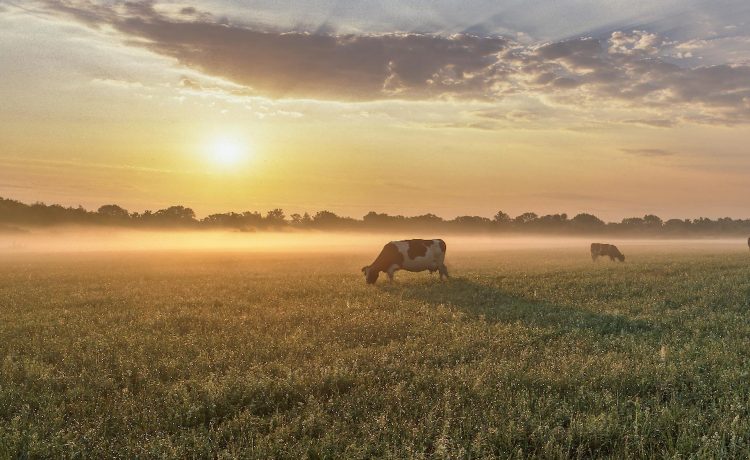Keeping livestock healthy and productive is job number one for farmers. But determining the right diet for animals isn’t as straightforward as it may seem. Nutritional needs change based on age, breed, stage of growth or production cycle, environmental conditions, and more.
That’s why progressive agricultural operations invest heavily in scientific research and data analysis to formulate balanced feed mixes. Getting nutrition right pays dividends through higher yields of quality meat, milk, and eggs. It’s a never-ending quest to boost feed efficiency.
Customized Feeding Programs
Instead of a one-size-fits-all approach, modern farms customize feeding programs for different animal groups. Newborn calves, milk cows, beef steers, and breeding bulls all require specific ratios of proteins, carbohydrates, vitamins, and minerals.
Specialty feeds formulated for each life stage provide the complete array of nutrients that animals need to thrive without wasteful overfeeding. This level of precision lowers feed costs while improving growth rates and milk/meat output.
Crunching the Numbers
Farmers determine the right nutritional program by collecting data on everything from forage availability to individual animal weights and body conditions. Veterinary input factors in too, based on dietary needs for optimal health.
Then feed engineers and nutritionists analyze all this information using advanced software models. They run calculations to develop scientifically balanced rations that provide complete nutrition.
Local and Specialty Ingredients
Rather than hauling in feed from far-away suppliers, farms increasingly source ingredients locally or regionally when possible. This reduces transportation costs and carbon emissions from shipping. It also provides a steady market for surrounding grain growers and crop farmers.
If specialty feed ingredients are required for certain mineral, vitamin or nutritional content, those supplemental feeds get precisely calculated into formulas. For example, swine diets often incorporate specialty protein supplements like meat, fishmeal, or dairy byproducts. On the dairy side, the experts at Energy Feeds International say that spent brewers grains or cottonseed meal might be utilized to optimize fiber and nutrient density for lactating cows.
Robotic Precision Feeders
Once the perfect dietary plan is set, the next innovation boosts consistency and accuracy. Robotic feeding systems automatically deliver prescribed rations to individual animals or groups with pinpoint precision.
Massive feed mixing and delivery systems apportion out the right types and amounts of grain, protein sources, roughage, and supplements. Computerized scales and metering devices measure rations down to the ounce or gram.
Meanwhile, self-propelled feeding carts or in-pen robots rumble through barns, dropping off tailored meals. Sensors along the way monitor consumption and nutrition levels for each pen or stall. This whole automated process minimizes human labor and error.
Monitoring Performance
Of course, simply providing feed doesn’t optimize the entire system. Farmers continually analyze how animals respond to diets through hands-on observation and data tracking.
Factors like growth rates, fertility, body conditioning, activity levels and yield outputs get monitored closely. Diets can then be fine-tuned when needed with automatic ration adjustments.
This type of comprehensive nutrition management takes farm feeding operations to new heights of productive efficiency. Every mouthful contributes directly to higher quality end products. There’s zero waste when specialty feeds perfectly align with livestock requirements.
Embracing a Sustainable Future
Innovative feed practices don’t just boost productivity, they enhance sustainability too. When you eliminate overfeeding and source nutrients locally, it lightens environmental effects.
For instance, dairy farms capture brewers’ grains before they become wasteful byproducts. That’s one less item headed for landfills while providing a nutritious food source.
Conclusion
Looking ahead, as the world’s population grows, farmers must find ways to raise more quality meat, milk and eggs without expanding their environmental footprint. Precision feeding fits squarely into that vision of long-term agricultural sustainability.





